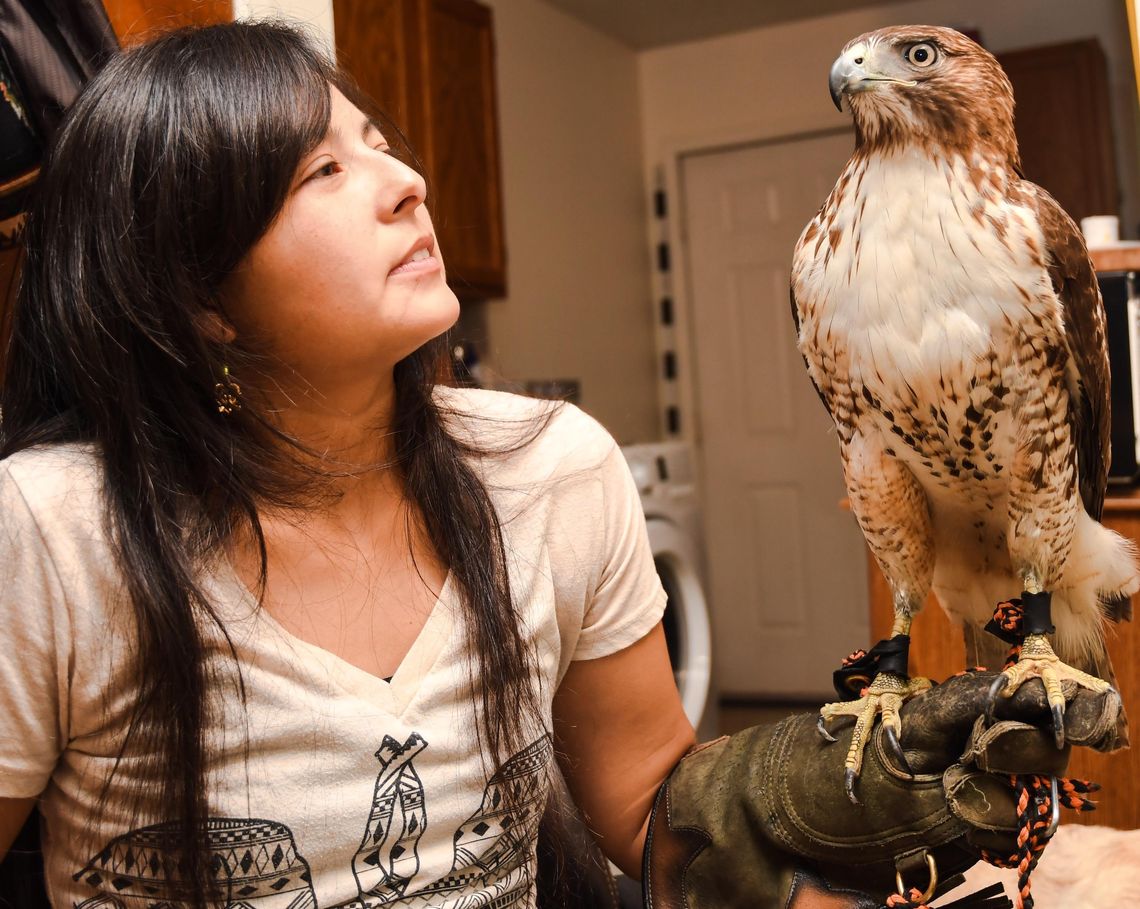It’s said man’s best friend is his dog.
Audrey Sohikian, a local wildlife biologist, agrees. Her Golden Labrador Retriever holds a special place in her heart; but it’s not any greater than the love she has for Drogo, her juvenile Red-tailed Hawk.
Drogo was captured last fall, south of San Marcos, for a two-fold purpose: the preservation of his species, and to become Sohikian’s partner in the sport of falconry.
PLEASE LOG IN FOR PREMIUM CONTENT. Our website requires visitors to log in to view the best local news.
Not yet a subscriber? Subscribe today!








